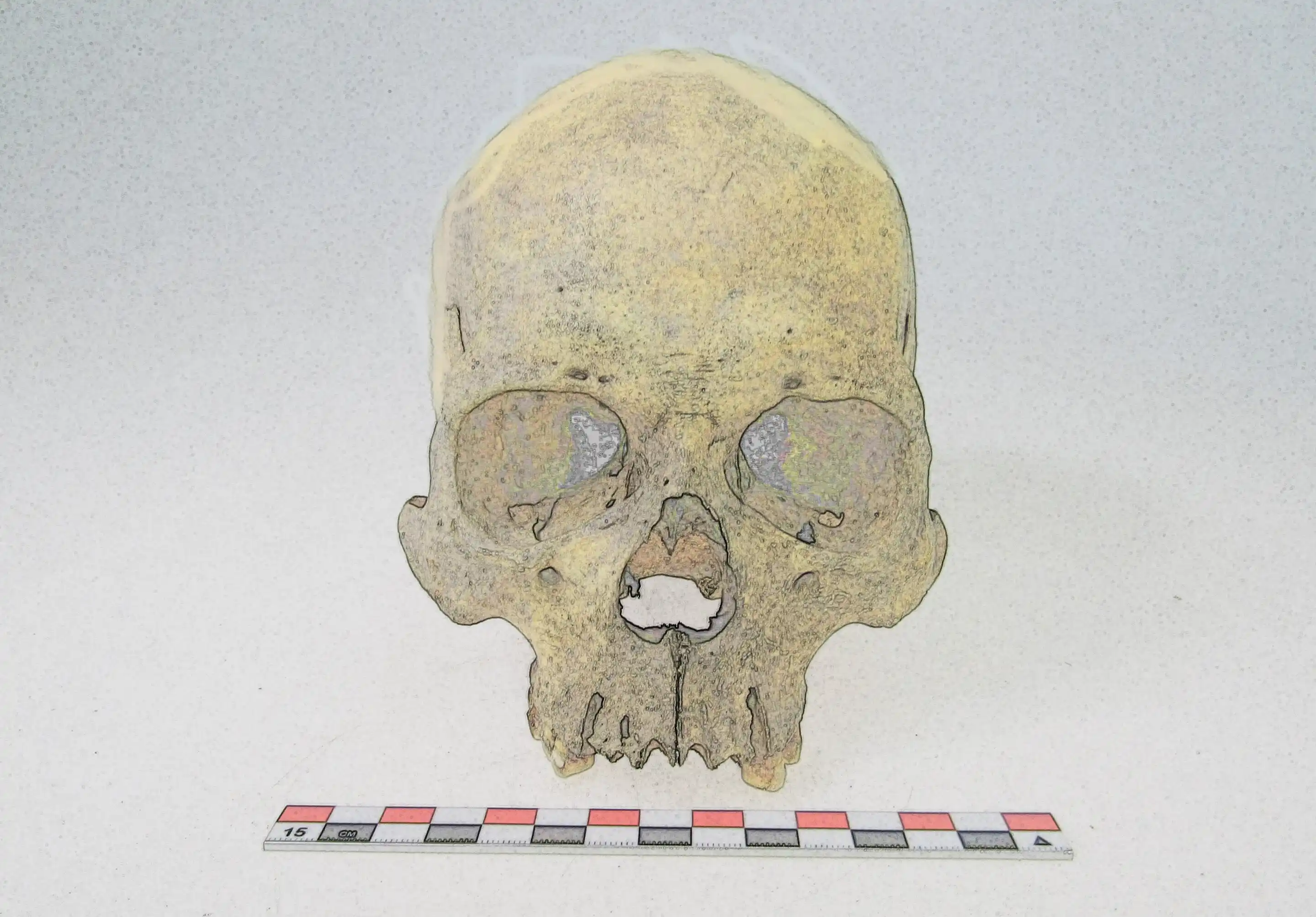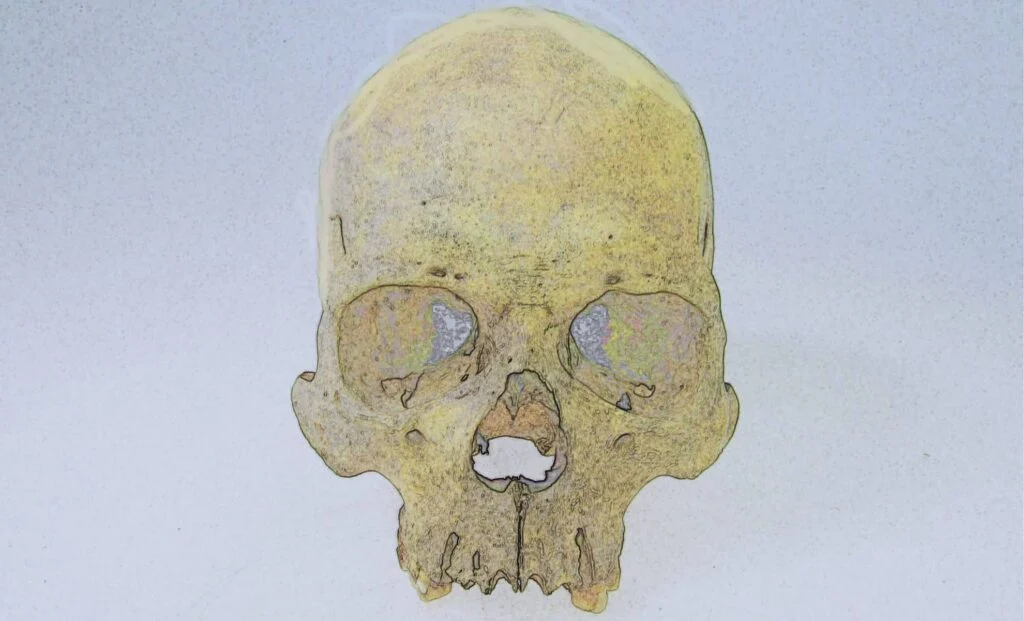
Rare leprosy strain in Americas
Rare Leprosy Strain Discovered in the Americas Unraveling a Medical Mystery
Leprosy, also known as Hansen’s disease, has long been a stigmatized and feared illness, yet today it is a curable disease with significant global efforts aimed at its control and elimination. Despite this, leprosy continues to persist in certain pockets around the world, including parts of South America. Recently, scientists have identified a rare strain of the bacterium that causes leprosy, Mycobacterium leprae, circulating in the Americas. This discovery is a significant development in understanding the epidemiology, transmission patterns, and evolutionary history of the disease in this region, offering new insights that may influence public health strategies.
The strain in question appears to be genetically distinct from the more commonly encountered types of M. leprae found in other endemic areas such as South Asia and Africa. Researchers conducting genomic analyses of bacterial samples collected from patients across several countries in the Americas have noted unique mutations and lineage markers that differentiate this strain from global counterparts. The rarity of this strain suggests that it may have been circulating in the Americas for a considerable period, possibly dating back to the era of early human migrations or colonial introductions, thereby representing a unique branch in the evolutionary tree of M. leprae.
Understanding the characteristics of this rare strain is crucial because variations in bacterial genetics can influence disease presentation, transmission dynamics, and responsiveness to treatment. While leprosy typically manifests with skin lesions, nerve damage, and disability if untreated, different strains may vary subtly in virulence or incubation periods. Initial clinical observations in patients infected with the rare American strain have shown some differences in disease progression and symptoms compared to classic cases, though more extensive clinical studies are needed to confirm these patterns. Furthermore, if this strain poses any increased risk of antibiotic resistance remains a critical question for researchers and healthcare providers.
The discovery also has important implications for the history and movement of leprosy. Leprosy has a complex global history, having existed for thousands of years and traveling along trade routes, migration paths, and colonial expansions. The presence of a unique M. leprae strain in the Americas may reflect early introductions from indigenous populations or European colonizers, or even earlier trans Pacific exchanges. This could rewrite parts of the epidemiological map of leprosy, shedding light on how the disease established itself and adapted within the diverse populations and environments of the New World. Archaeological evidence combined with genetic data is now helping to piece together this historical puzzle.
From a public health perspective, identifying this rare strain calls for tailored approaches to leprosy control in the Americas. Although the overall incidence of leprosy has declined globally due to multidrug therapy programs and improved surveillance, the disease remains endemic in some regions of Brazil, Central America, and the Caribbean. The unique genetic profile of this strain underscores the need for continuous molecular surveillance and diagnostic refinement, ensuring that health systems can detect and respond to all circulating variants. It may also necessitate revisiting treatment protocols and monitoring to preempt any challenges related to drug susceptibility.
Moreover, the social and cultural dimensions of leprosy in affected communities cannot be overlooked. Stigma and discrimination have historically hindered patients from seeking timely diagnosis and treatment, perpetuating transmission and disability. Awareness campaigns must incorporate new scientific findings about the rare strain to educate communities, reduce fear, and promote inclusion. Integrating genetic research with community health efforts can empower local healthcare workers with knowledge about the disease’s diversity and strengthen patient trust in medical interventions.
Research into the rare M. leprae strain in the Americas also opens doors to broader scientific inquiry. The peculiarities of this strain’s genome may reveal novel aspects of bacterial survival, adaptation, and host interaction. For instance, studying its mechanisms of immune evasion or persistence could lead to innovations in vaccine development or diagnostic tests that are more sensitive and specific to diverse M. leprae lineages. Collaborations across microbiology, epidemiology, anthropology, and genomics will be vital in maximizing the potential benefits of this discovery.
In conclusion, the identification of a rare leprosy strain circulating in the Americas marks a significant advance in understanding this ancient disease. It highlights the complexity of leprosy’s epidemiology, the interplay of human history and microbial evolution, and the ongoing challenges in disease control. As science continues to unravel the mysteries of this strain, it provides hope for improved diagnostic tools, tailored treatments, and ultimately, the reduction of leprosy’s burden in the Americas and beyond. Continued vigilance, research investment, and community engagement remain essential pillars in this endeavor to combat a disease that, despite centuries of existence, still demands our full attention.











